Isn’t nature amazing? There are so many, many wonderful things about it. We tend to take them for granted because we’re so used to them—but they’re astonishing when we take a close look.
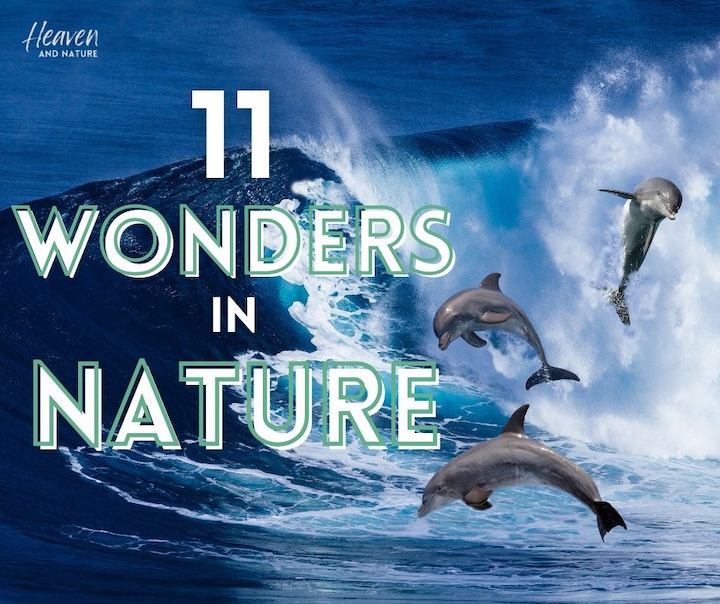
I chose just 11 wonderful things in our natural world to highlight here. Some of them are closely related but still unique enough to merit their own spot.
These are all special in their own way:
1. Spider Webs and Spinnerets
As much as I think spiders are among the creepiest of living things, I know they serve an important role in nature. And so I’m grateful for spiders (as long as I don’t have to encounter them much—especially big ones!).
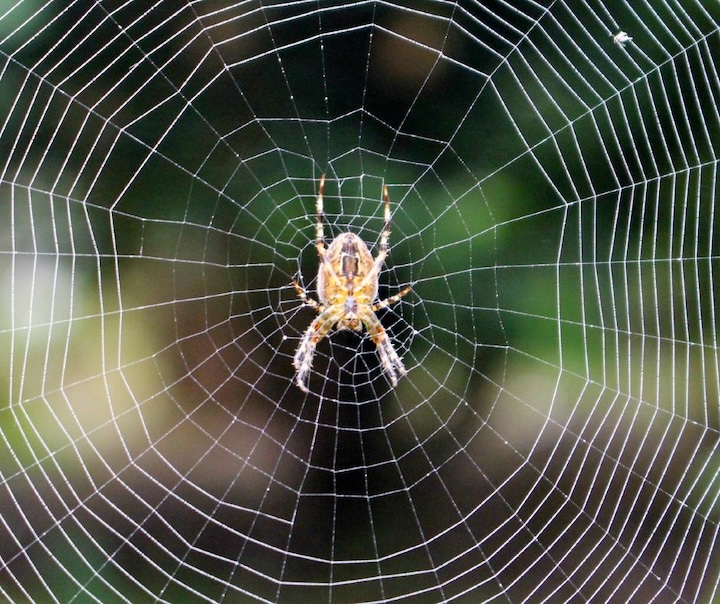
And their giftedness for architecture is truly wonderful. The silk glands in their abdomens produce different kinds of silk for different purposes.
This silk is so strong and flexible for its size that no human has successfully designed a synthetic material that’s anything close to it. And it’s not just the silk that makes spider webs strong, but the design of the webs as well.
[I wrote an entire blog post about this that you’ll find here.]
If you’re like me and don’t care much for spiders, it’s time to re-read Charlotte’s Web! The only book I know where the spider is the hero of the story.
2. Pollinators
Pollinators and the plants they pollinate are a great example of symbiotic relationships in the natural world.
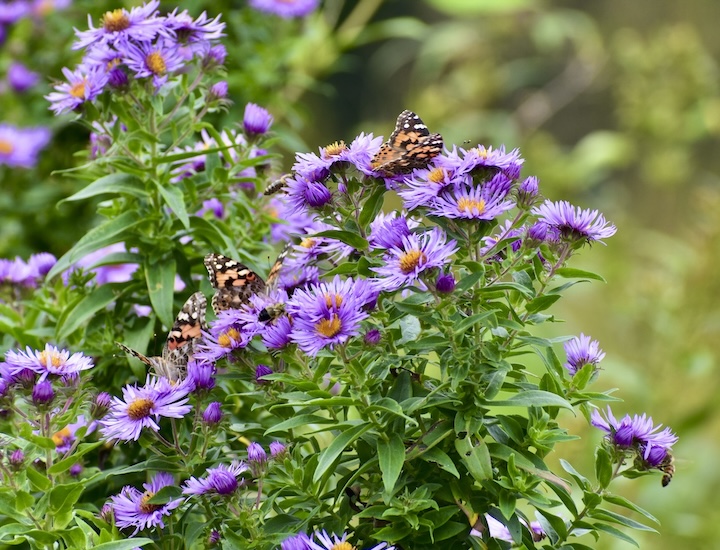
Some plants can self-pollinate, while others can be pollinated by wind and water. And then there are the living pollinators in our world: insects like butterflies, moths and bees. Some birds are also on this team, like hummingbirds, and even small mammals, including some bats.
These animals collect pollen either intentionally or accidentally from one plant, then transfer it to another plant. Plants are fertilized and can reproduce due to this pollination activity.
In many of these cases, one living species completely depends on the other for survival—one for food and the other for reproduction. It’s amazing!
3. Honeybees
Speaking of pollinators, honeybees are some of the most beloved because they make one of mankind’s favorite treats—honey. Isn’t it amazing that humans love to eat this same sweet substance that the bees eat?
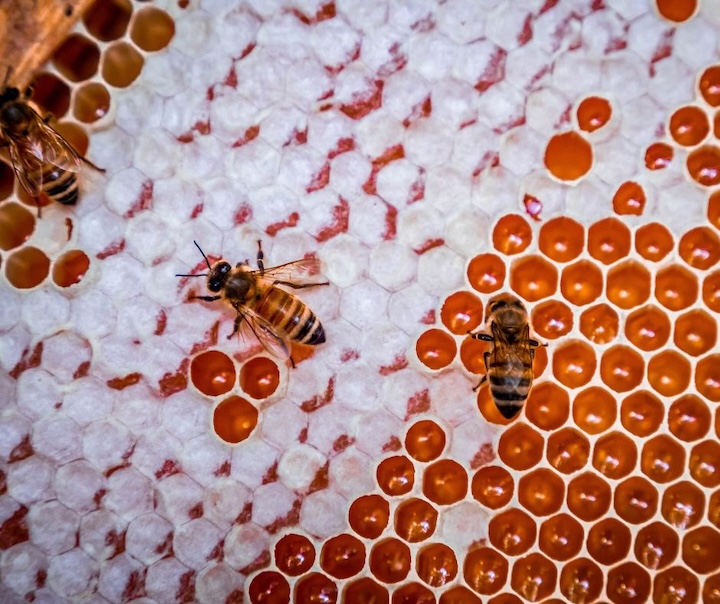
There are more than 60 references to honey in the Bible, some dating back more than 3,000 years.
Bees make honey by gathering pollen and nectar from flowers, and then mixing it with enzymes produced in their bodies. Each type of honey tastes unique, depending on the type of nectar gathered.
And it’s not just honey we get from honeybees. The beeswax these little guys produce to store the honey is also valuable. People make things like salves, candles and cosmetics with it.
4. Butterflies
Butterflies are also pollinators, as I already mentioned. And one of the coolest processes in nature is their metamorphosis from caterpillar to butterfly.
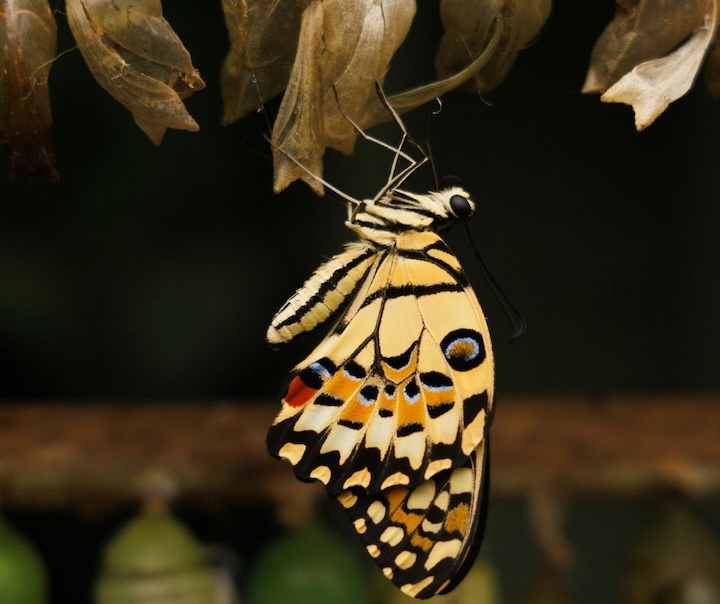
(All insects go through major changes as they mature, but butterflies are so beautiful we’ll focus on them.)
Who could guess—or come up with the idea—that these fat, crawly worm-like things that eat leaves will one day become graceful, beautiful, colorful, flying, nectar-eating insects?
What the…??
It’s true, though. It’s one of the first natural processes I remember learning about as a young child in school.
Metamorphosis. Wow.
5. Photosynthesis
Photosynthesis is another amazing process that happens every day, everywhere in the world where plants live. It’s gone on for so long and we’re so used to it that we forget it’s a wonderfully amazing thing.
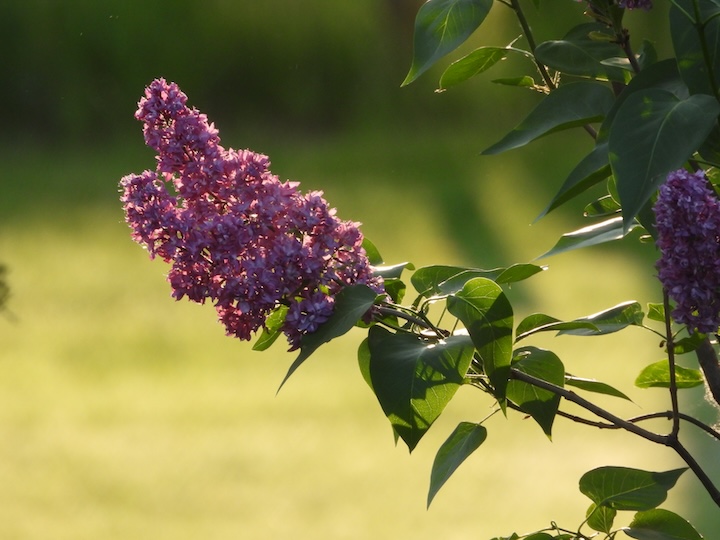
It’s quite a complicated process, but to summarize: Plants take in sunlight, water and carbon dioxide which is then synthesized within the plant to produce food and grow.
It just so happens that people and animals breathe out carbon dioxide so there’s a constant and ample supply for the plants. And it just so happens that plants “breathe out” oxygen, which people and animals must have to live. Another symbiotic process on a massive scale!
(“Just so happens” or designed that way?)
6. Bird Feathers
One source I found says, “…feathers are a marvel of natural engineering, each serving a specialized function to help birds thrive in their environments.”
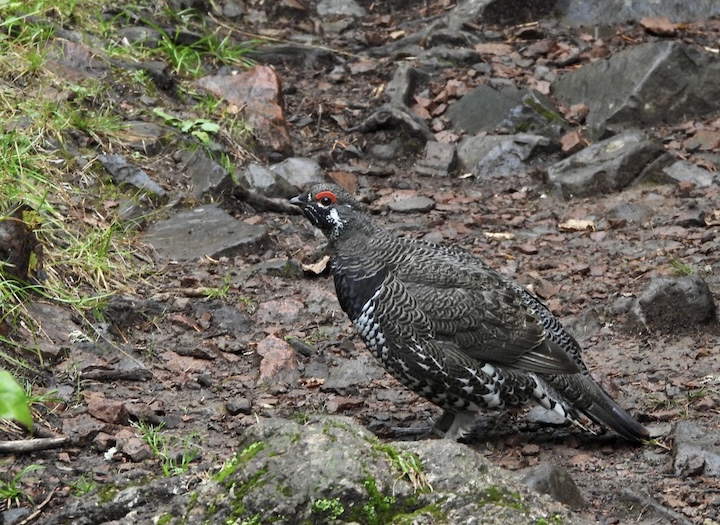
[Everything we’ve looked at here so far has been a marvel of natural engineering. How many civil, mechanical, electrical and bioengineering products came about completely by chance? None, actually. All were designed by very smart and skilled people. This is one of the reasons why believing there’s an incredible Mind behind the natural world is so compelling. These marvels of natural engineering.]
Birds have seven different types of feathers that serve different functions—thrust, speed, balance, airflow, warmth, buoyancy. Then there’s the structure of these feathers that allow for flight or swimming or the migration of thousands of miles.
We see them every day without stopping to notice how incredible they are.
7. The Colors of Bird Feathers
One of the reasons I love birds so much is ALL THE COLORS!
Some really stand out no matter where they are: parrots and cardinals, wood ducks and peacocks. Again, we have a seemingly limitless array of colors and patterns spread over the bird world.
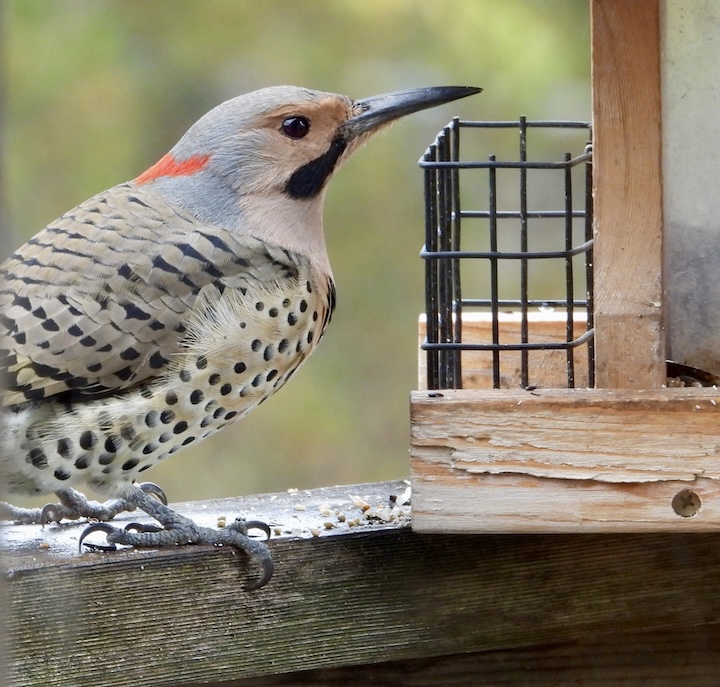
But even the birds that seem plain and boring…look closely in some nice sunlight and there’s an iridescence to feathers that’s just gorgeous.
When I married Nick, he had a taxidermied pheasant rooster in a glass case with built-in lighting. I couldn’t believe the beauty of all the colors of those feathers when the lights would shine on them. What seemed dull was actually brilliant in good lighting. It’s the first time I’d been able to look that closely at a pheasant.
It’s just cool.
8. Symbiotic Relationships
I’ve mentioned this a lot already, but here’s a spot for it. Symbiotic relationships in nature are everywhere.
[I wrote an entire blog post on this one, too.]
The pollinators we discussed above. Clown fish and anemones. Monarch butterflies and milkweed. There are some species that literally cannot survive without it’s symbiotic partner species.
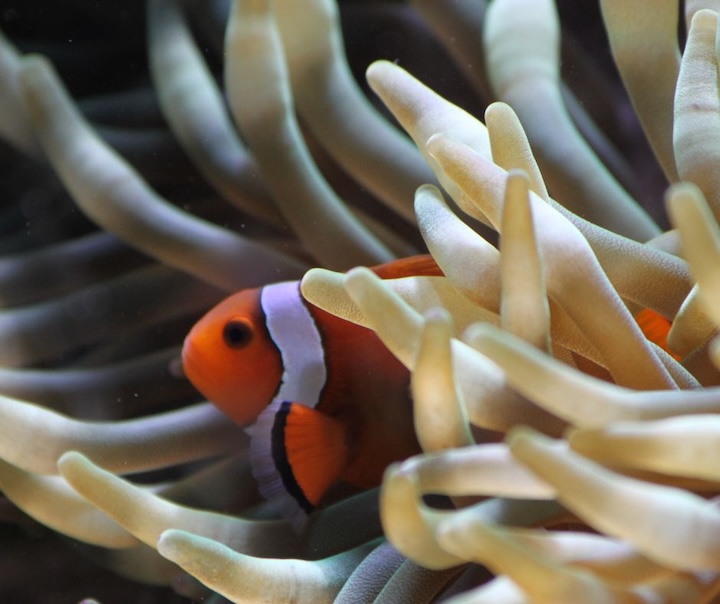
You’d think that would collapse the whole theory of evolution right there. How could two different species randomly evolve at the same time in such a way that one must depend on the other for survival? And then multiply that times the amount of symbiosis in nature. What are the chances?
These types of arrangements totally support design by an intelligent Mind, though. Did Someone very, very smart think up this process and create both species simultaneously? And all the other species that depend on symbiosis?
To me that seems much more credible than non-guided processes for things this complex.
9. Eagle Eyes
Actually, ALL eyes are marvels of the natural world. But I’ll focus on the eyes of eagles because they have some very cool abilities our human eyes don’t.
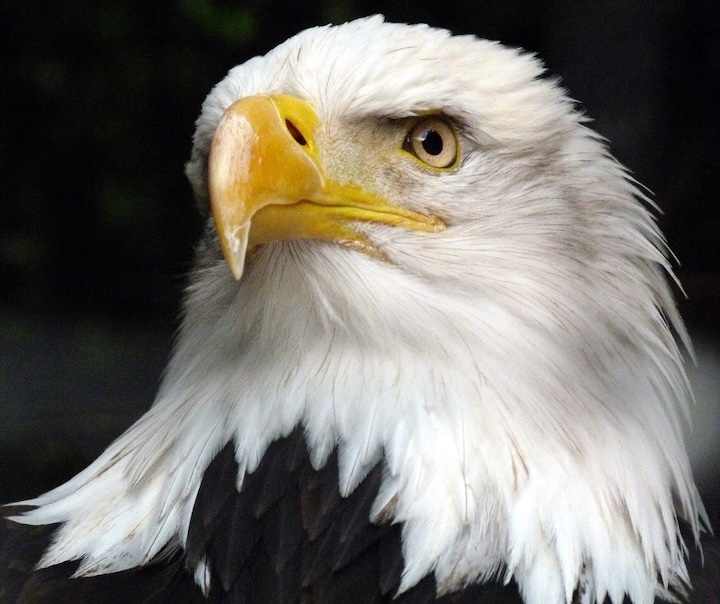
“Bald eagles can have 20/4 or 20/5 vision, meaning they can see four or five times farther than the average person. A bald eagle can spot prey the size of a rabbit three miles away!
“Eagle eyes are so huge they fill most of its skull. They also have a 340-degree field of view (compared to our measly 180 degrees) and have both monocular and binocular vision. This allows them to use each eye individually or together!”
That’s pretty incredible, isn’t it? Why do they need eyes that see so well? So they can spot a rabbit on the ground or a fish under the water as they soar high above.
Not only that, apparently they see in much more vivid color than we humans do. Wouldn’t that be cool?!
10. Dolphin and Whale Talk
Dolphins and whales are known to be some of the most intelligent animals on the planet, and are also very social.
Dolphins communicate with each other using whistles and body language—like slapping their tails on the water’s surface. In fact, dolphins seem to have “signature” whistles and can identify each other by them.
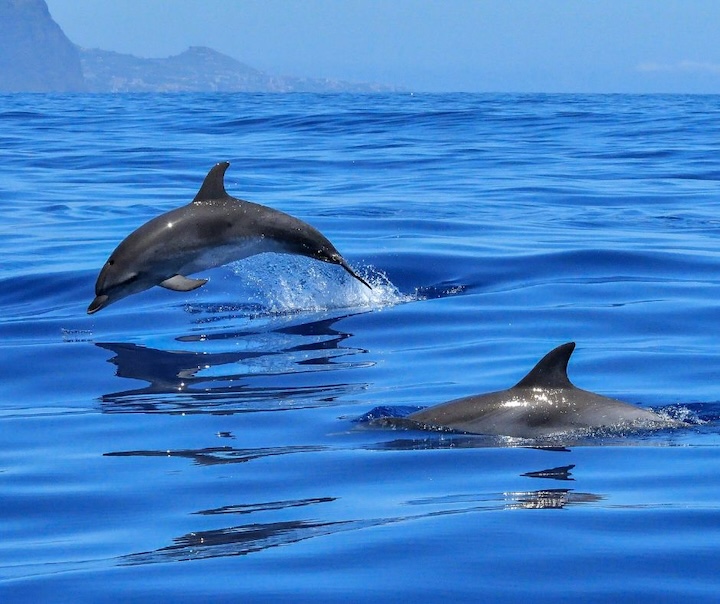
“How dolphins communicate…is both remarkable and indicative of their superior ability to initiate and maintain social bonds,” says one source.
Whales communicate with clicks, whistles and “songs.” Because many of these are exceedingly loud and sound travels further underwater than through air, whales are known to be able to communicate across vast ocean basins.
Don’t you wish you knew what they were saying??
11. Bat Radar
The way bats use echolocation (a fancy word for radar) is pretty astounding. They emit a high-pitched frequency that travels through the air, hits an object (like an insect they’d like to eat) and bounces back to their finely-tuned ears. They can pinpoint prey exactly using their radar.
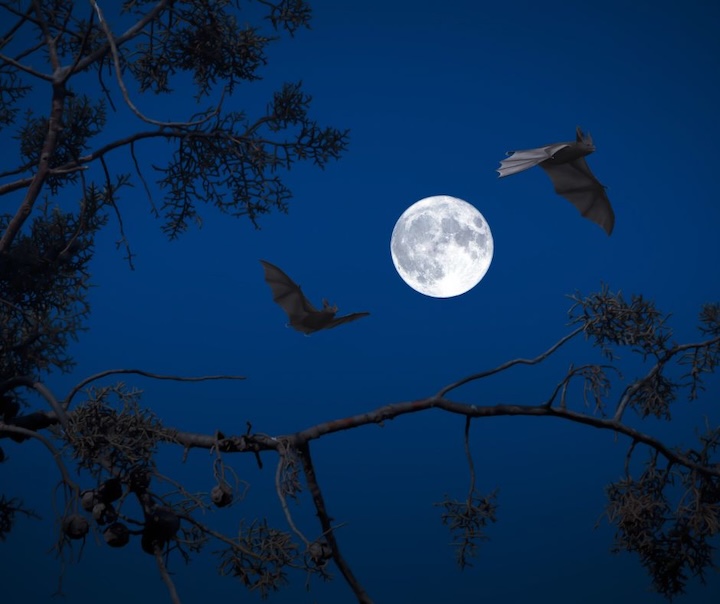
“Bats can change their calls for different purposes. They have different searching, feeding, and social calls. And each species of bat has its own unique call pattern.”
How do you think bats (and dolphins and toothed whales, which also have a very refined system of echolocation) got this ability? If it was bit by bit over millions of years through natural selection, how were they able to eat in the meantime?
It’s high-level features like radar that have me convinced bats didn’t develop randomly over endless time but were designed with the ability already engineered in.
* * * * *
What wonderful things in the natural world are your favorites? I’m sure you have some!
Here’s more…
- How God Speaks through Signs in the Heavens
- What Valuable Lessons Pearls Can Teach Us
- Nature’s Health Benefits for Body, Soul and Spirit
- 11 Wonderful Things in Our Natural World - February 6, 2025
- What Kind of Exercise Is Best? - January 10, 2025
- 116 Verses in the Bible that Talk About Light - December 10, 2024
